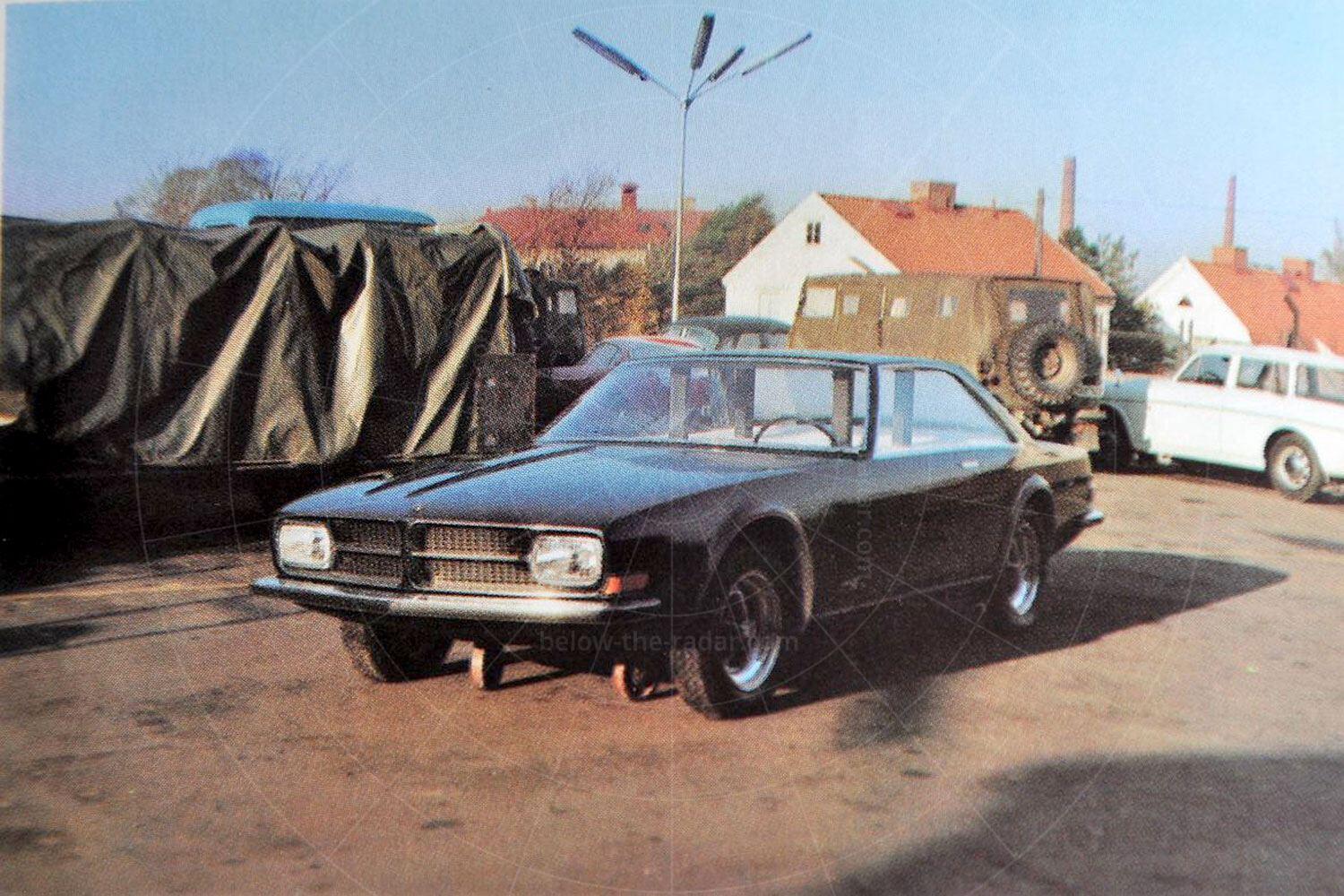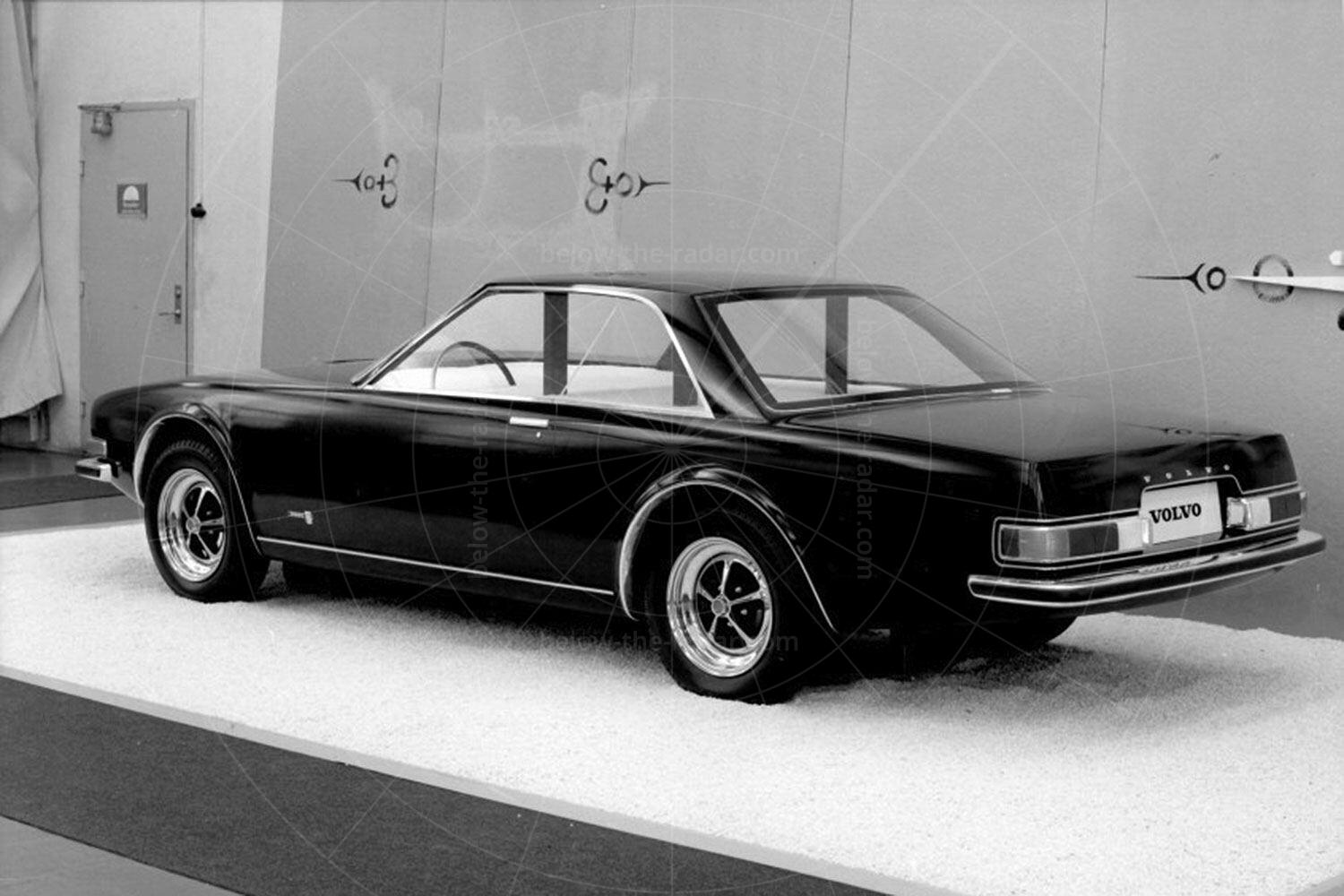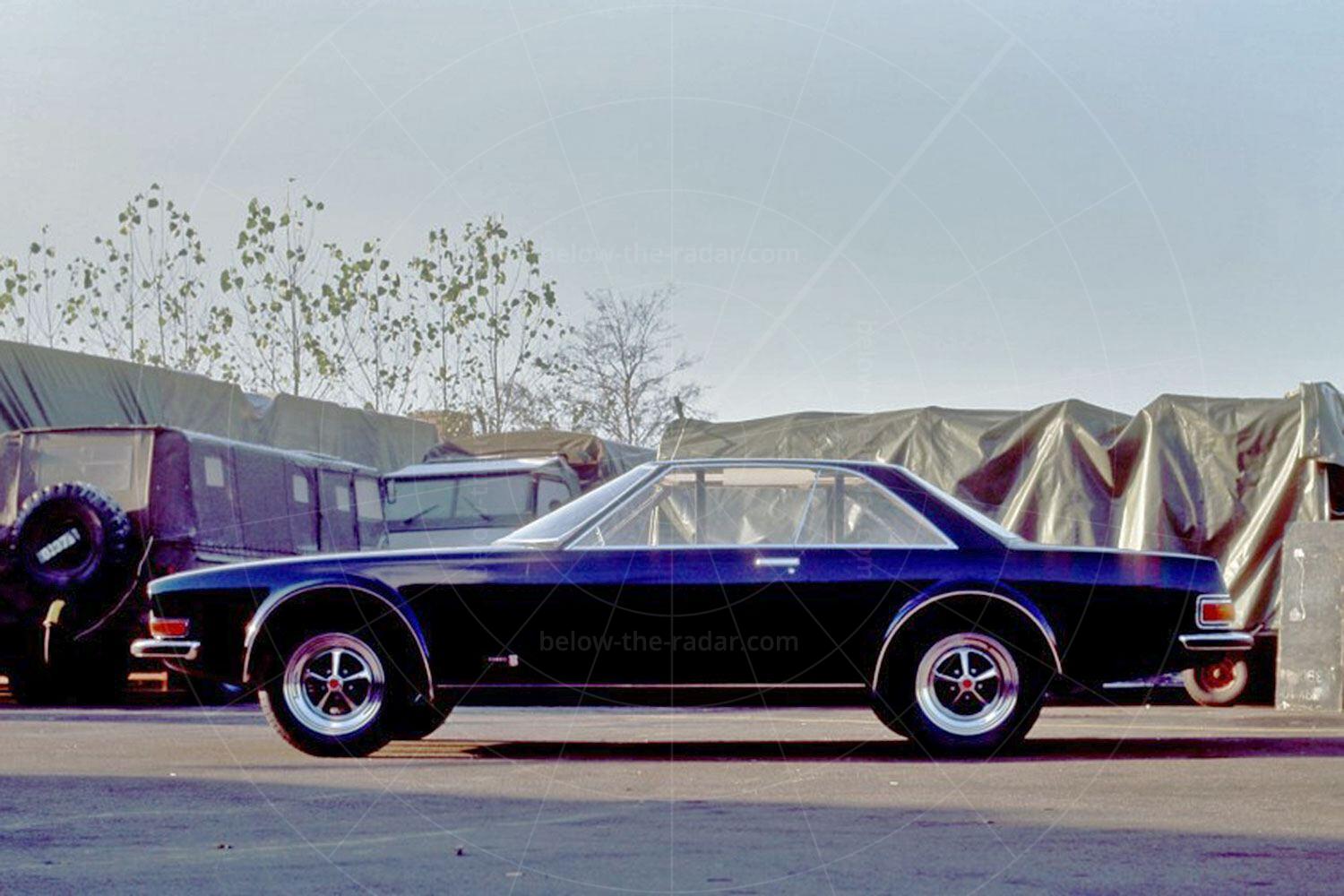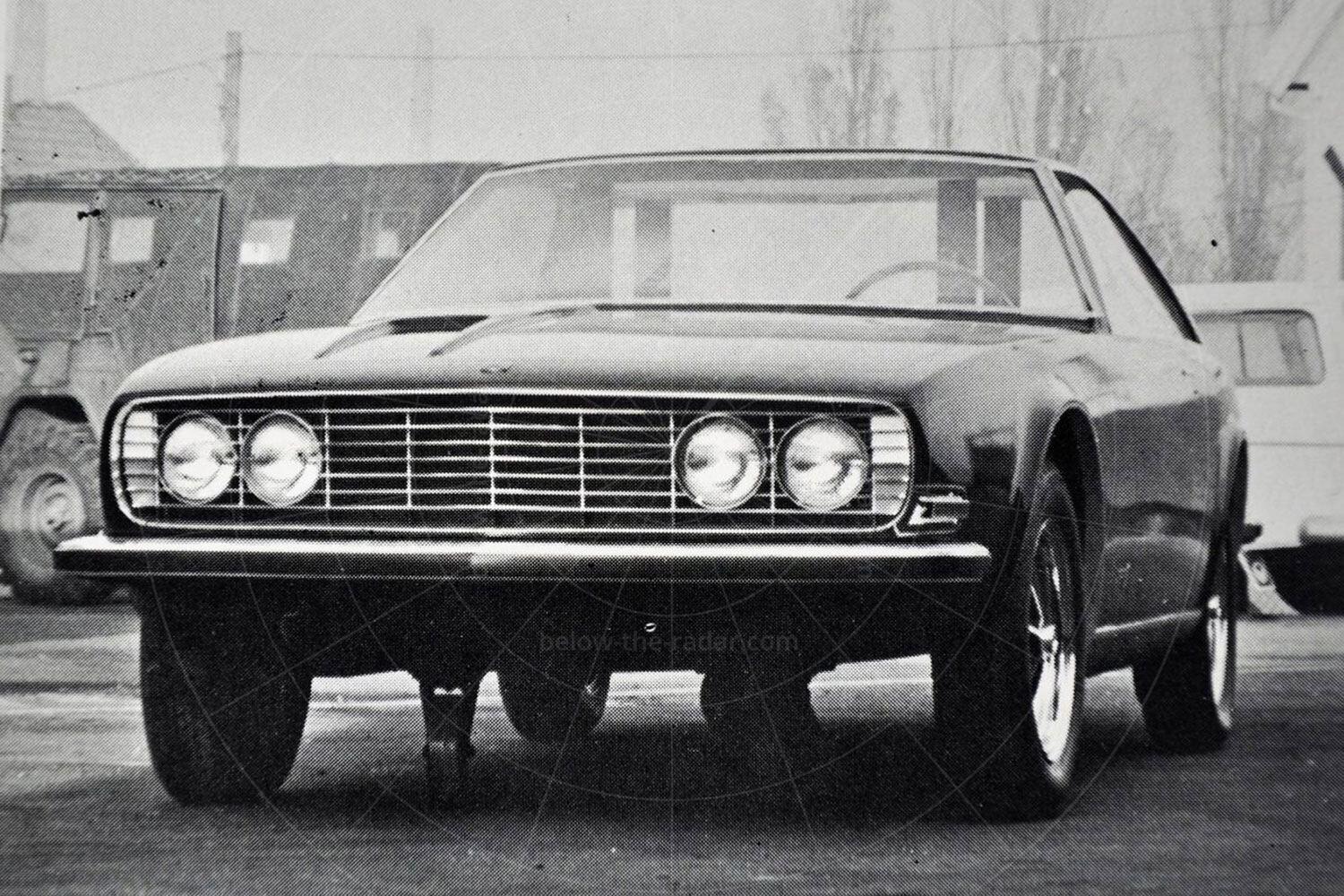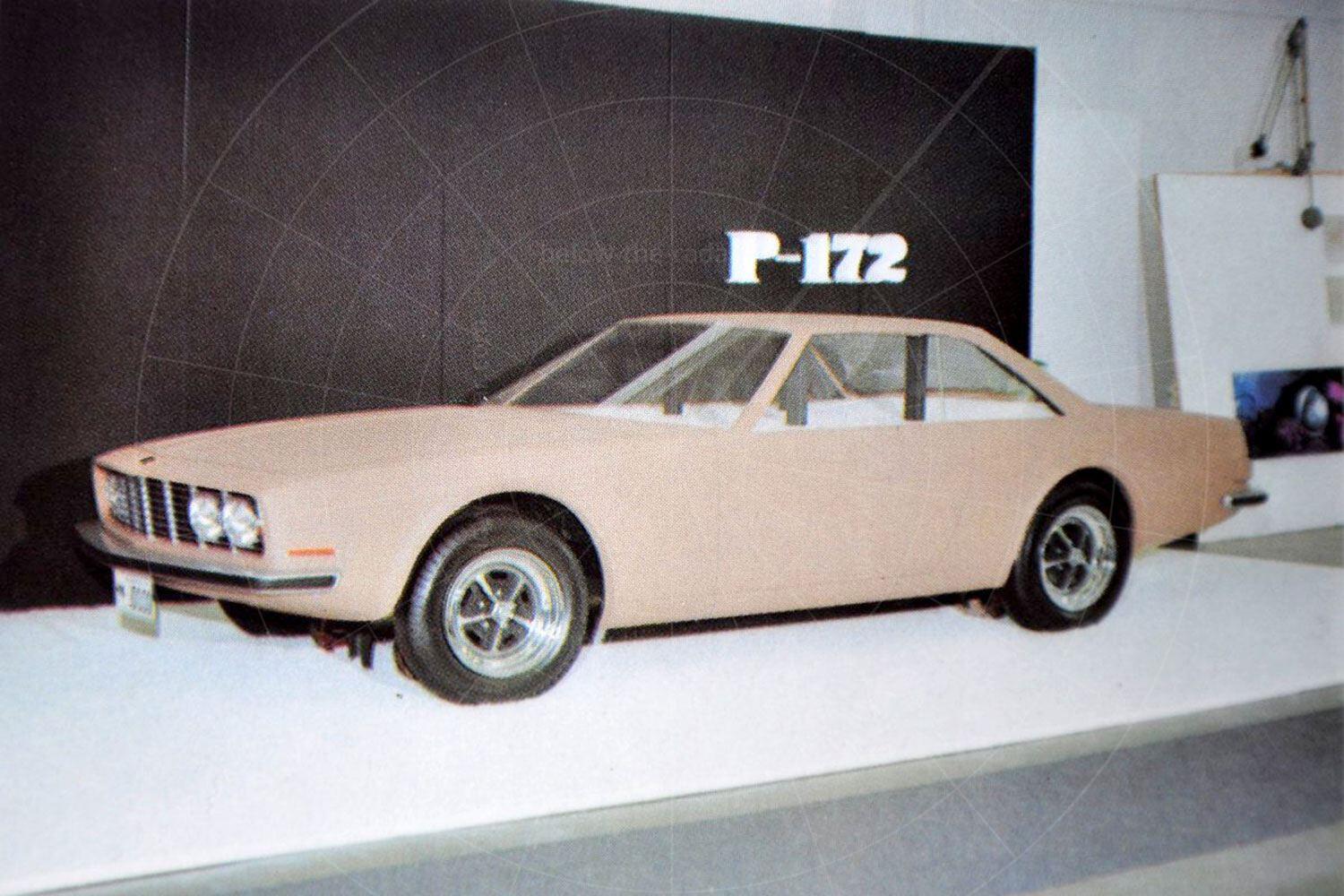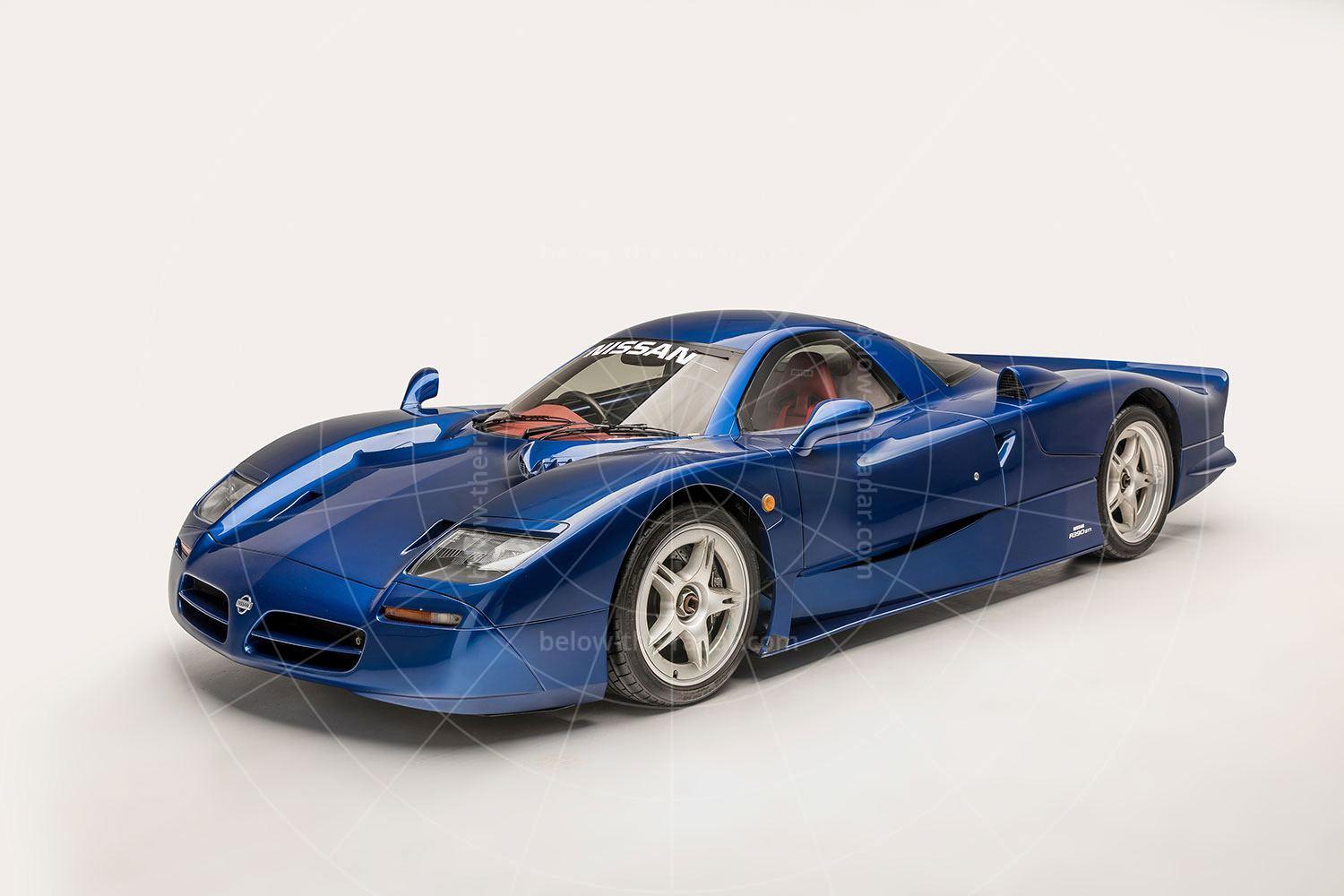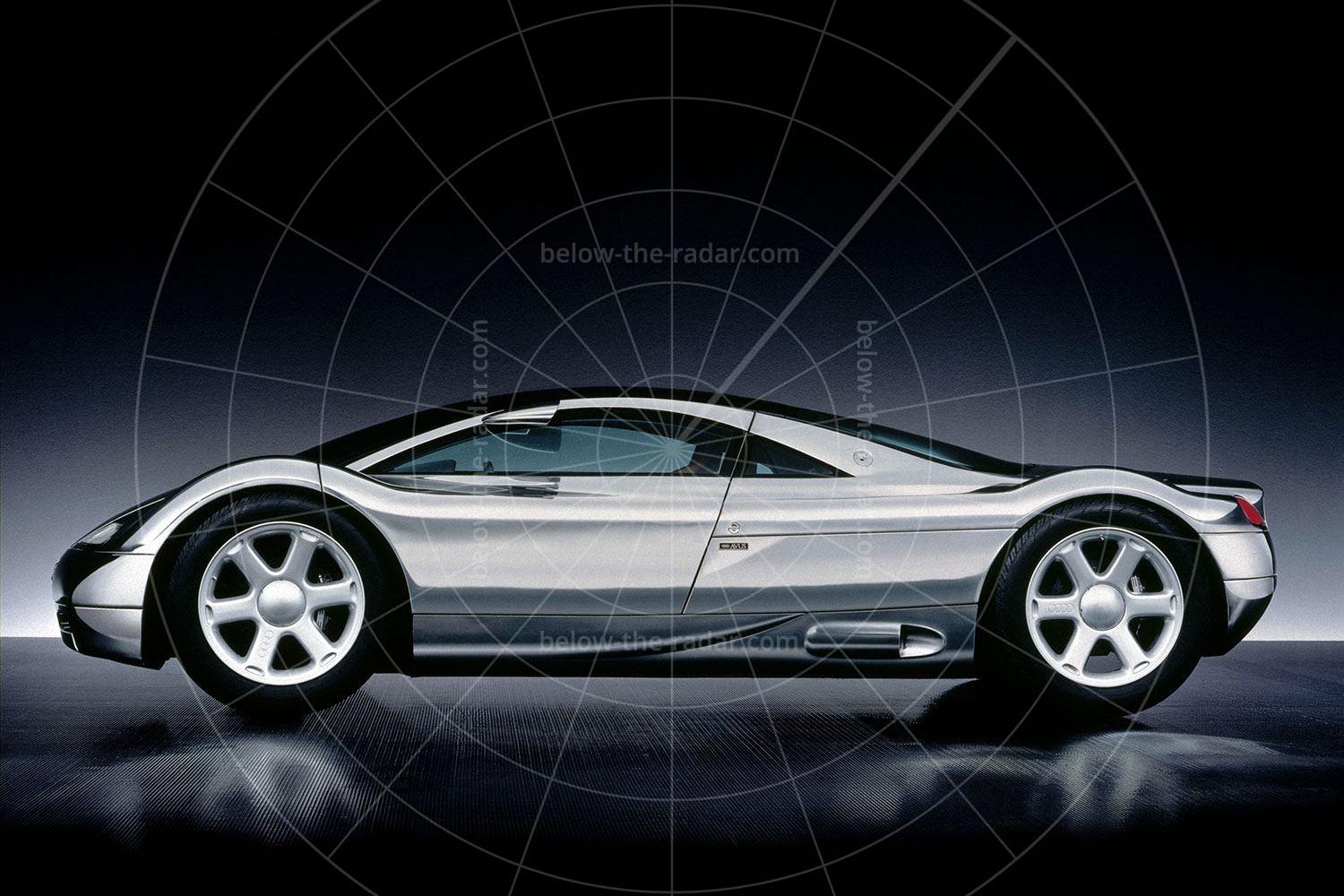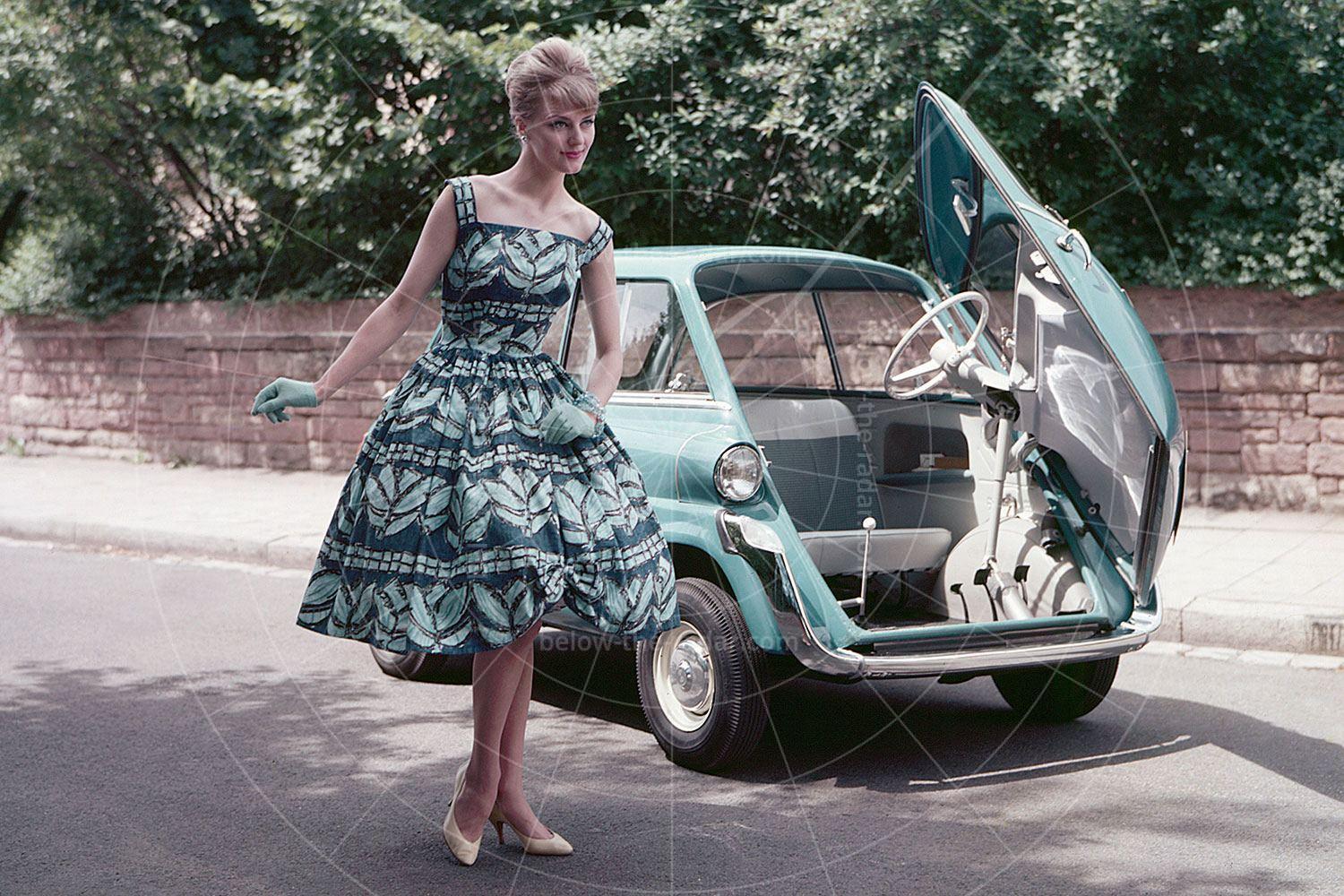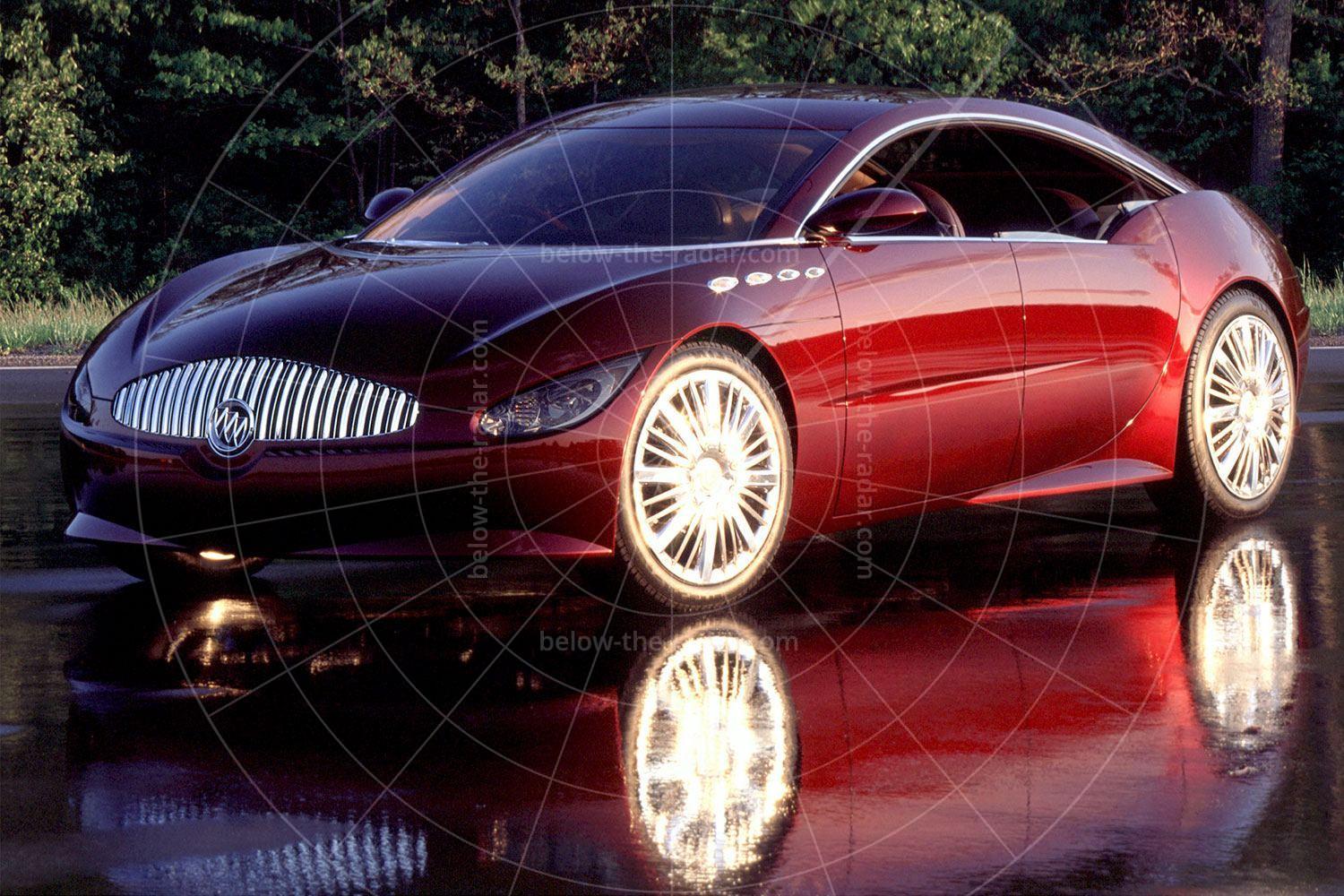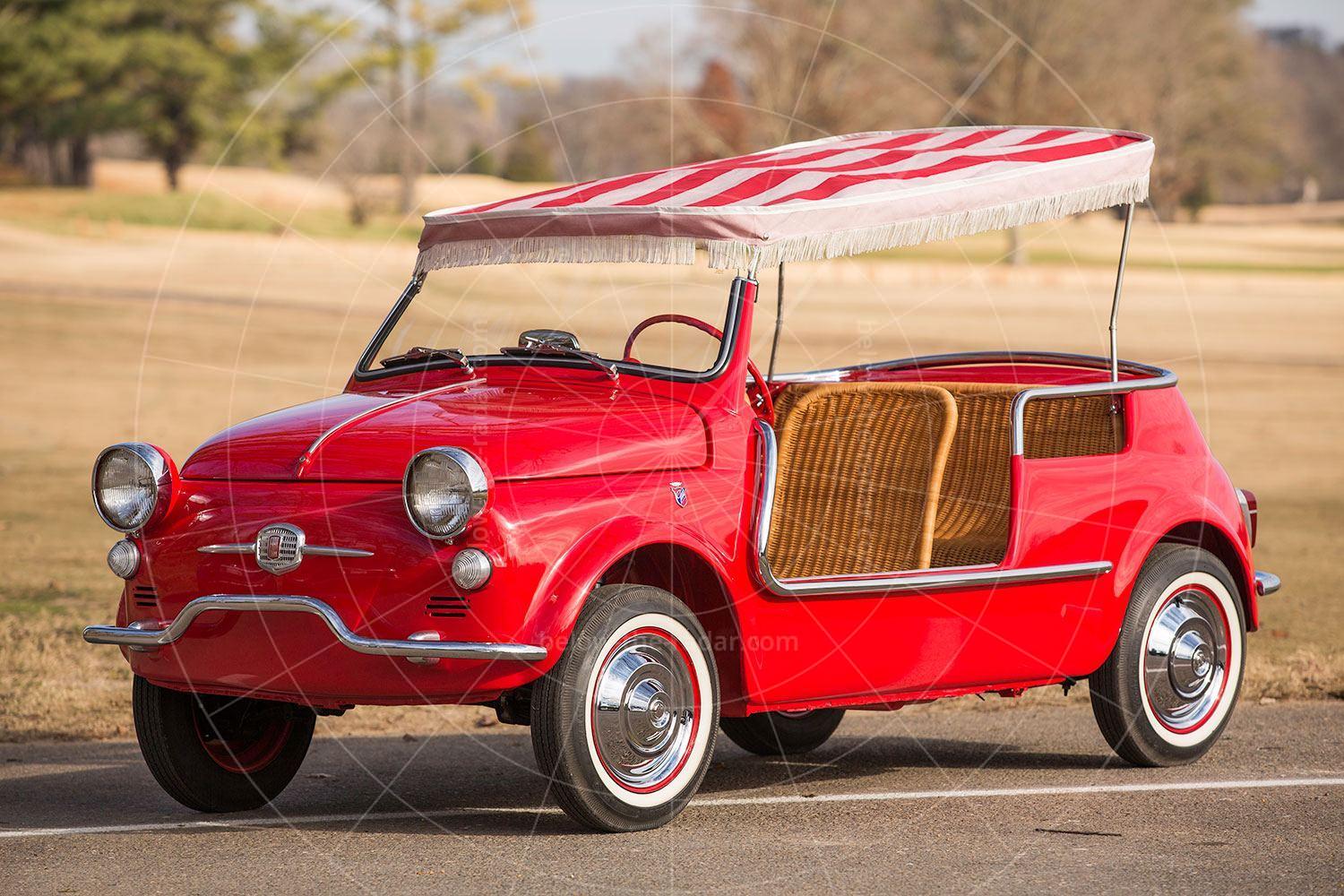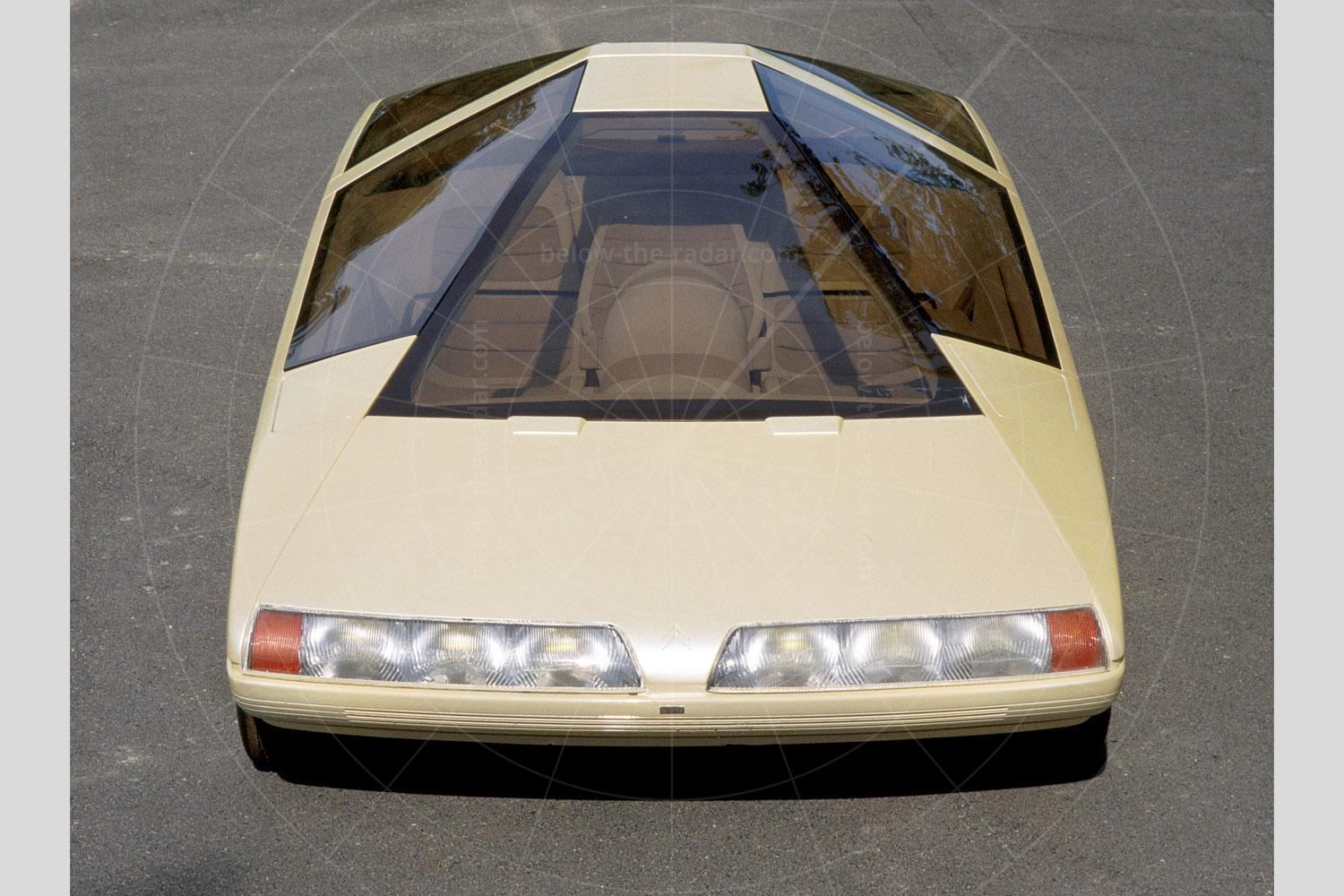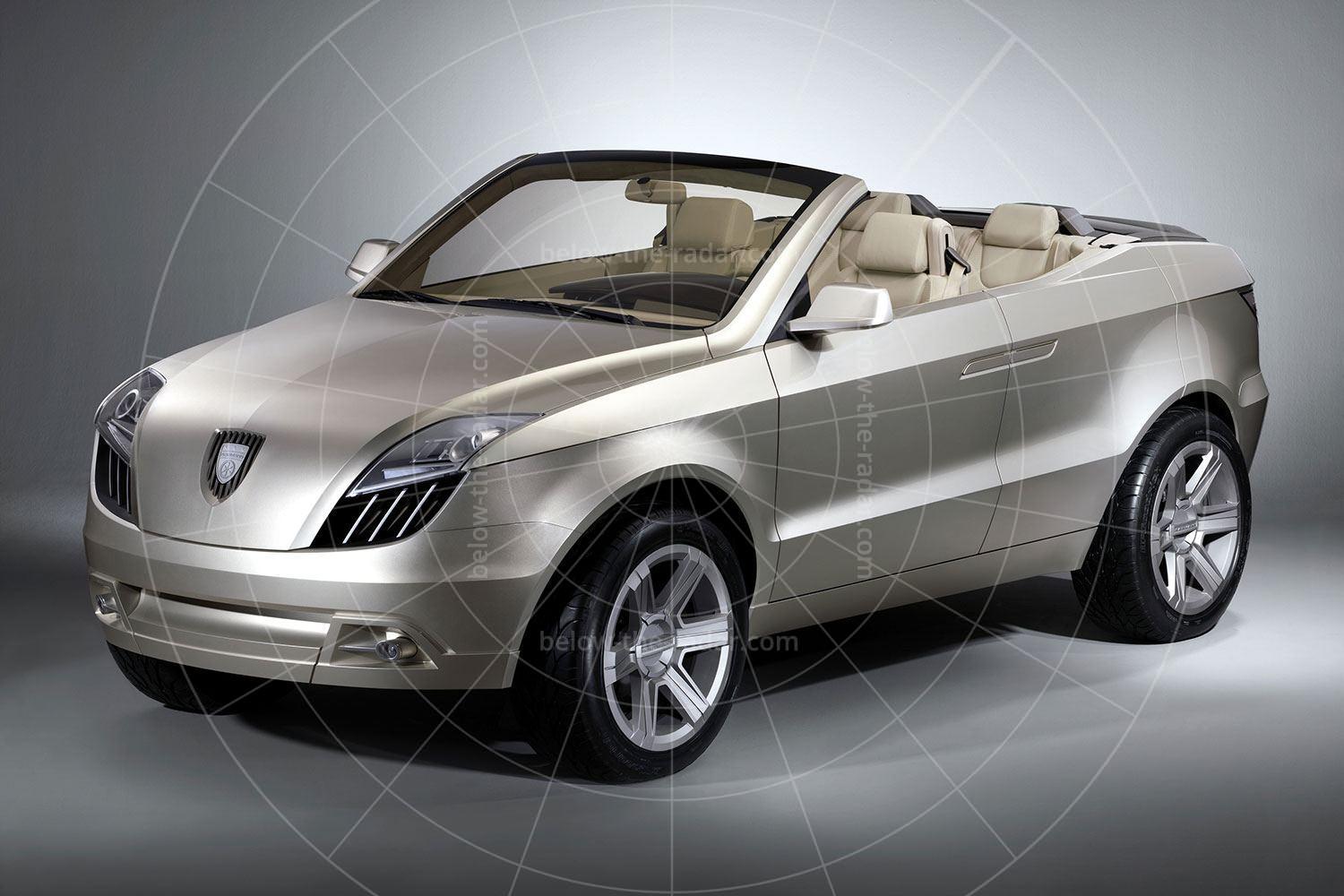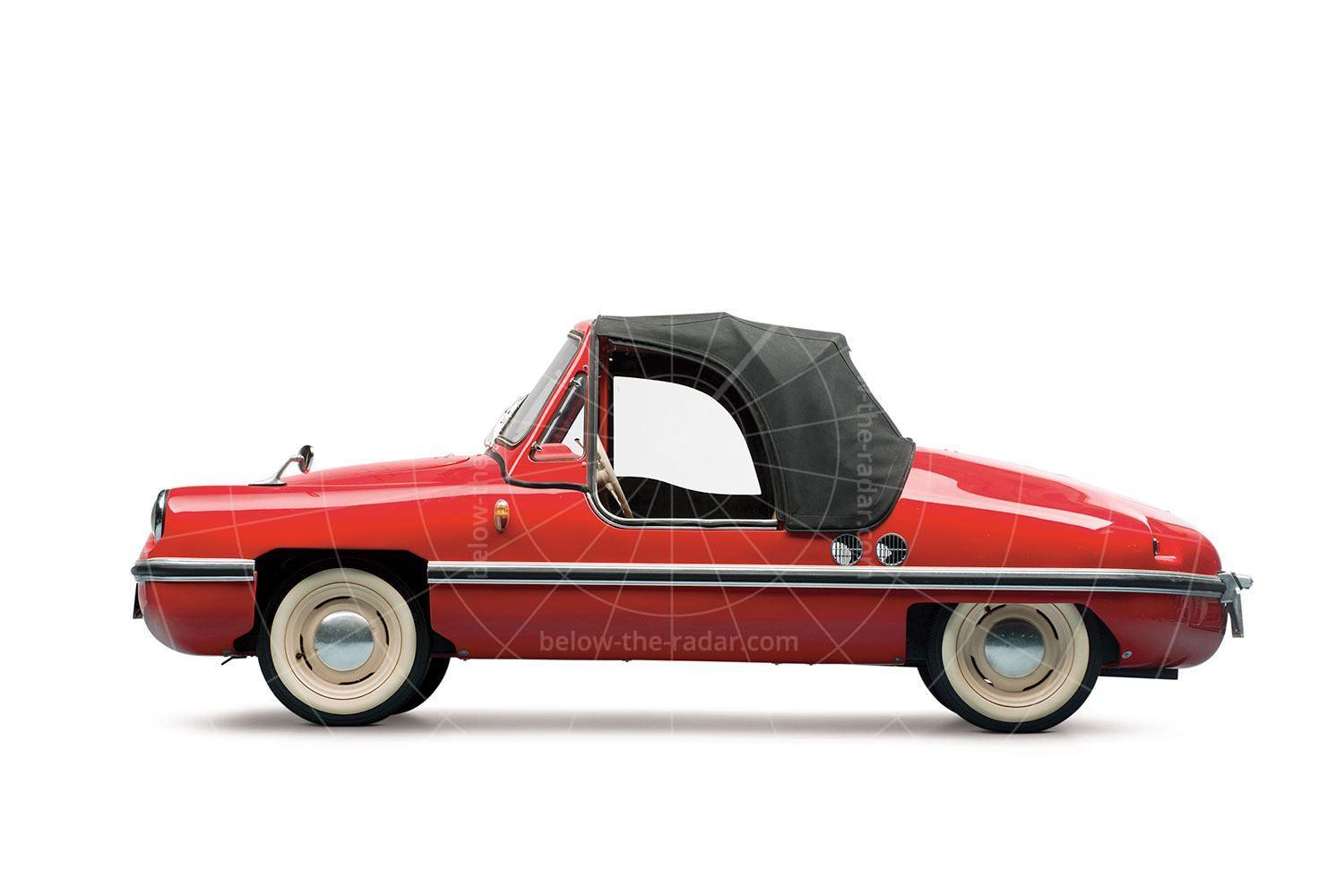Intended as a replacement for the 1800S in the late 1960s, the P172 (initially known as the 16S) took the concept of a sporty Volvo upmarket. The plan was to base the car on the floorpan and running gear of the six-cylinder 164 saloon, which was due for launch in 1968; the P172 project got under way in spring 1965.
Power would be supplied by the 164's 3.0-litre straight-six engine to give the car decent performance, and whereas the 2978cc powerplant developed 135bhp in the 164, the aim was to tune it to produce 180bhp in the P172. With a cast-iron construction for both the block and head, it needed all the power it could get.
The car would be significantly larger than the 1800, the aim being to produce a grand tourer for covering long distances with great ease. As with the 164 it was the American market that was the focus for the car and at a projected $6000 it would be eminently affordable.
There would be just a two-door fixed-head coupé, using standard 164 suspension and designed by Volvo's chief stylist Jan Wilsgaard. To keep weight down, extensive use of aluminium was originally considered, but as the project matured it was decided that steel would be the most cost-effective option. The triple-carburettor set-up that was initially envisaged was also junked in favour of fuel injection, after it became clear that keeping such a fuelling system in tune would potentially be a nightmare for Volvo's dealer network.
The P172 was intended to be a lavish luxury pillarless coupé, with room for four adults to tour in comfort. Although manual transmission would be standard, there would be the choice of an automatic gearbox along with power steering and right-hand drive. The P172 was even designed with conversion to a convertible in mind, as Volvo was all too aware of the difficulty of turning the 1800 into a drophead, which it would dearly liked to have done.
But the US dealer network reckoned there wouldn't be enough demand for the car to warrant full-scale production. Investment in tooling for the new bodyshell would have been high and there wasn't the production capacity at the Torslanda plant to build it anyway. So in 1967 the project was aborted, before a running prototype had even been built; the pictures show a clay model finished in dark blue paint and wearing Rostyle wheel trims.

